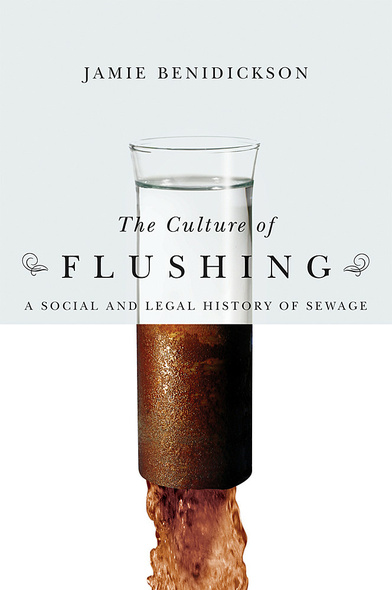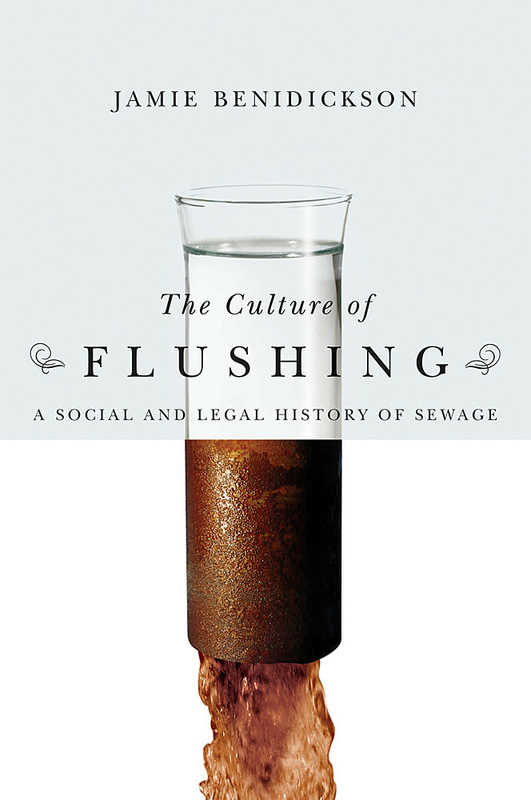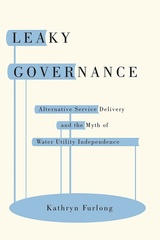
The Culture of Flushing
A Social and Legal History of Sewage
To most, the flush of a toilet is routine: the way we banish waste and ensure cleanliness. It is safe, efficient, necessary, nonpolitical, and utterly unremarkable. Yet Jamie Benidickson’s examination of the social and legal history of sewage in Canada, the United States, and the United Kingdom demonstrates that the uncontroversial reputation of flushing is deceptive. The Culture of Flushing is particularly relevant in a time when community water quality can no longer be taken for granted, as it investigates and clarifies the murky evolution of waste treatment.
The Culture of Flushing is essential reading for specialists in environmental history, environmental law, public health, engineering, and public policy. Those concerned with protecting water quality and the environment will also find it unique, comprehensive, and accessible.
The Culture of Flushing is essential reading for specialists in environmental history, environmental law, public health, engineering, and public policy. Those concerned with protecting water quality and the environment will also find this book unique, comprehensive, and accessible.
The Culture of Flushing does a fine job of comparing issues across national borders, and is one of only a very few studies that integrates English, American, and Canadian experiences. This is a very good synthesis of an important topic that should be of interest to scholars in many fields and to people in many walks of life.
Foreword: Risk and Responsibility in a Waste-Full World / Graeme Wynn
Acknowledgments
Introduction
1 The Advantage of a Flow of Water
2 Navigating Aquatic Priorities
3 A Source of Civic Pride
4 The Water Closet Revolution
5 Municipal Evacuation
6 Learning to Live Downstream
7 The Bacterial Assault on Local Government
8 The Dilutionary Impulse at Chicago
9 Separating Water from the Waterways
10 Streams Are Nature’s Sewers
11 Riparian Resurrection
12 Governing Water
Conclusion
Notes
Suggested Reading
Index







